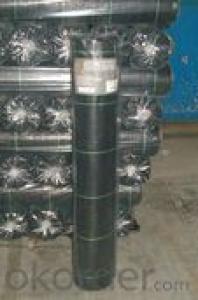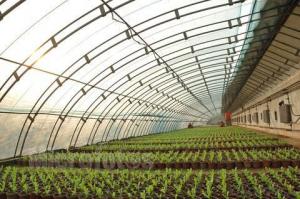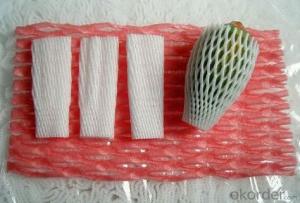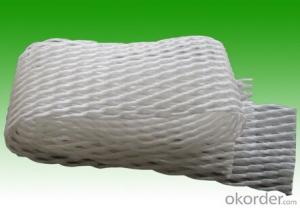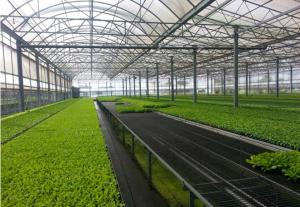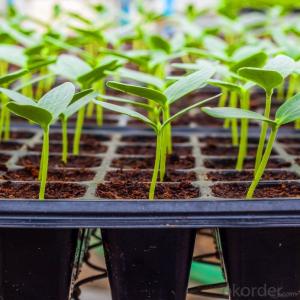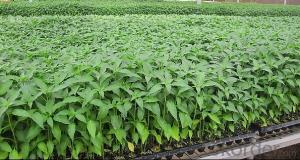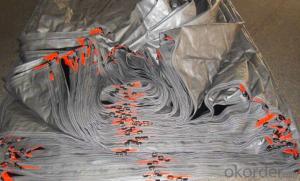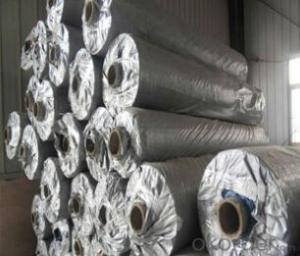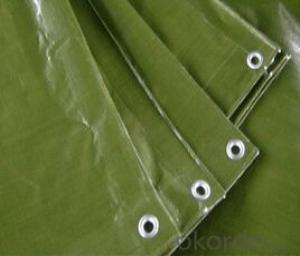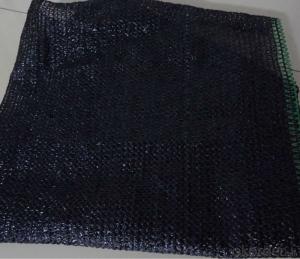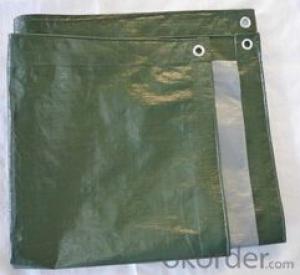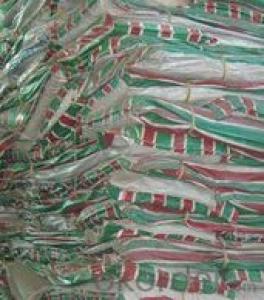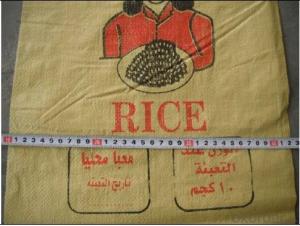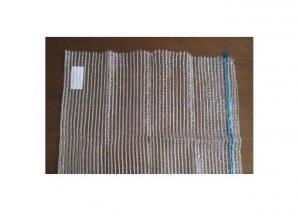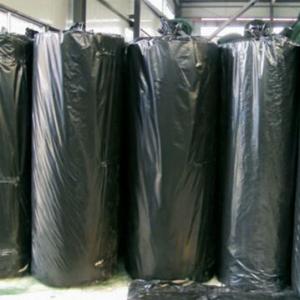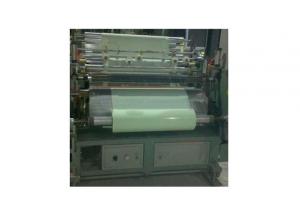Black with green line PP tarpaulin
OKorder Service Pledge
OKorder Financial Service
You Might Also Like
Features:
a. Tear-resistant. super durablility minimizes breakage during storage and transportation.
b. Water-resistant and wwashable, prevent damage from rain or moisture.
Applications:
1. Silt fence(water-run and sediment control).
2.Weed Control(allow soil to breath: water to permeate).
3.Ground cover.
4.Other application of pp woven fabric also available.
PP rolls
All of different specifications of PP trapaulin are available
1) Weaving Condition (mesh of weft & warp/sq.inch) : 7x7, 8x8, 10x8, 10x10, 12x12,14x14,16x16.
2) Weight : 55gram/sq.m~ 280gram/sq.m
3) Any color available
Width : normal - 2M or 72inches (183cm)
maximum 4m width also available
Color : Any color available
Application :
1) Silt Fence:
- Water-run off and sediment control
2) Weed Control Mat :
- Inhibits weed growth
- Allow soil to breath/Water to permeate
3) Other application (Ground cover/ Geotextile sheet etc.) of PP woven fabric also available
Packing : Export standard roll packing with paper core
- Q: Is it possible for farmers to utilize recycled rubber for the production of agricultural plastic items?
- <p>Yes, farmers can use recycled rubber to make agricultural plastic products. Recycled rubber can be a sustainable and cost-effective alternative to virgin materials in the production of various agricultural items such as mulch films, drip irrigation tubes, and other plastic equipment. This practice not only reduces waste but also contributes to environmental conservation by reusing materials that would otherwise end up in landfills. The recycled rubber products can be just as durable and functional as those made from new materials, making them a viable option for agricultural use.</p>
- Q: This question asks about the methods farmers employ to safeguard their crops from frost damage by utilizing agricultural plastic products.
- <p>Farmers protect their crops from frost using agricultural plastic products in several ways. One common method is by using plastic mulch, which helps to retain heat in the soil, thereby reducing the risk of frost damage. Another technique is employing plastic row covers or tunnel films to create a microclimate around the plants, keeping them warm and protected. These covers can be removed as temperatures rise, allowing for natural light and air circulation. Frost blankets, made of plastic or other materials, are also used to cover crops directly, providing insulation against cold temperatures. These practices help to maintain a consistent temperature around the crops, reduce the impact of frost, and ensure a successful harvest.</p>
- Q: Can plastics be fused together in the oven safely?If so, which types of plastics is safe to fuse together in the oven and non-toxic? And, if so, at what temperature is it safe?I know plastic bags can be fused together with an iron, but Im looking for cutting up plastic bottles and fusing layers together for projects.Thank you for your help.
- (If other pages at the site are indicated on that page for more info on a particular topic, use the alphabetical navigation bar on the left to get to that page.) P.S. Of course, polymer clay is a plastic too (that's what the rest of my site is about) and is excellent for fusing layers together. HTH and have fun, Diane B.
- Q: How do you maintain ground cover plants once established?
- Once ground cover plants are established, it is important to maintain them to ensure their health and beauty. Regular maintenance includes watering, mulching, weeding, and occasional pruning. Watering should be done deeply but infrequently to encourage deep root growth. Mulching helps retain moisture, suppress weeds, and regulate soil temperature. Weeding is necessary to prevent competition for nutrients and space. Pruning should be done as needed to control size, remove dead or damaged foliage, and promote new growth. Overall, a consistent and diligent approach to maintenance will help ground cover plants thrive and provide the desired coverage for your landscape.
- Q: How do nursery trays help in preventing soil erosion during plant establishment?
- Nursery trays help in preventing soil erosion during plant establishment by providing a controlled and stable environment for the plants. The trays prevent the soil from being directly exposed to external factors such as heavy rainfall or strong winds, which can cause erosion. The trays also promote better water retention and drainage, ensuring that the plants receive adequate moisture without the risk of water runoff. Additionally, the trays help in containing the roots of the plants, preventing them from being disturbed or damaged by external forces, further reducing the risk of soil erosion.
- Q: Can nursery trays be used for starting a herbaceous perennial garden?
- Yes, nursery trays can be used for starting a herbaceous perennial garden. Nursery trays provide a controlled environment for seedlings, allowing them to establish roots and grow before transplanting them into the garden. Using nursery trays can help ensure a successful start for herbaceous perennials and promote healthy growth.
- Q: What are the different types of plastic containers used in horticulture?
- Some of the different types of plastic containers used in horticulture include plant pots, nursery trays, seedling trays, hanging baskets, and grow bags. These containers are designed to provide optimal growing conditions for plants, promote proper drainage, and allow for easy transportation and handling in horticultural settings.
- Q: Can ground cover be used to create a natural shade canopy?
- Yes, ground cover can be used to create a natural shade canopy. Ground cover plants, such as low-growing shrubs or spreading vines, can form a dense and leafy canopy that provides shade to the underlying area. This can be especially effective in areas where the growth of taller shade trees is limited.
- Q: How many plants can fit in a standard nursery tray?
- The number of plants that can fit in a standard nursery tray can vary depending on the size and type of plants being grown. However, on average, a standard nursery tray can accommodate around 72 to 128 plants.
- Q: basically I want the title of my next novel to be quot;Plastic Dreamsquot; but I don't know what to make it about. any ideas?
- How about a story with those little green plastic Army men?
Send your message to us
Black with green line PP tarpaulin
OKorder Service Pledge
OKorder Financial Service
Similar products
Hot products
Hot Searches
Related keywords
